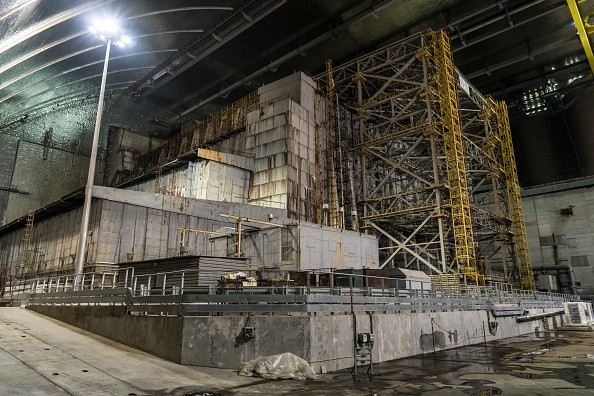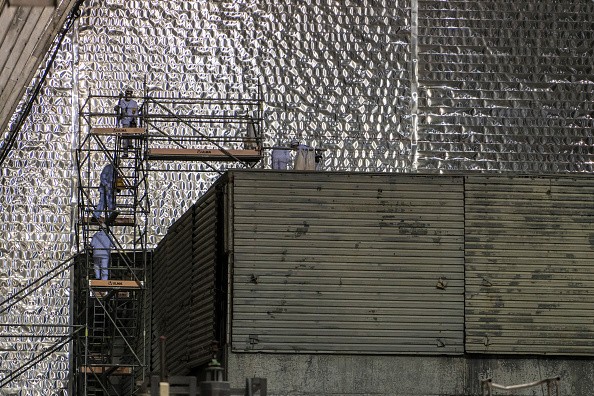Tons of nuclear fuel in the wrecked basement of the plant has started their reaction again, and it's displaying no signs of stopping.

Chernobyl Nuclear Power Plant
In Ukraine, nuclear reactions are smoldering again in a basement of the wrecked Chernobyl nuclear power plant that is unreachable, according to news reports. Researchers keeping an eye on the plant - which exploded infamously in a 1986 lethal meltdown - have identified a stable spike in the number of neutrons in an underground room known as 305/2.
The room is filled with heavy rubble, hiding a radioactive mush of graphite, zirconium, uranium, and sand that flows into the basement of the plant like lava, before solidifying into formations known as fuel-containing materials (FCMs). Rising neutron levels show that these FCMs are going through new fission reactions, as neutrons hit and split the nuclei of uranium atoms, producing energy.
Also Read : Three Decades After the Disaster, New Protective Shell for Chernobyl is Nearing Completion
The Shelter
This radioactive waste is smoldering "like the ashes in a barbecue pit for now," a nuclear materials chemist at the University of Sheffield in the U.K., Neil Hyatt revealed to Science magazine. However, it's attainable that those embers could ignite completely if left uninterrupted for too long, leading to another explosion.
This future explosion wouldn't be anywhere close to the devastating one that shattered the plant in 1986, which led to thousands of deaths and discharged a radioactive cloud over Europe, a senior researcher with the Institute for Safety Problems of Nuclear Power Plants (ISPNPP) in Kyiv, Ukraine, Maxim Saveliev, told Science.
If the ignition of the nuclear material happens again, the blast will be greatly contained within the concrete and steel cage called the Shelter, which was built by officials around the plant's Unit Four reactor which is in ruins a year after the accident. Still, even a contained explosion would make the long-term mission of the plant's FCMs removal much harder, Saveliev said.

Neutron Levels
The Shelter is no longer new and it could crumble easily from the pressure of an explosion, thereby filling its surrounding with radioactive dust and heavy debris. (The Shelter itself is found inside a larger steel structure known as the New Safe Confinement, which was completed in 2018.)
For four years, levels of neutron have been increasing steadily in room 305/2, Saveliev said, and could keep increasing for some more years without incident. It's likely these nuclear nuggets will deteriorate on their own in that time. But if levels of neutron keep increasing, scientists will have to step in.
That can be easily said than done, obviously; plant managers is yet to puzzle out how to reach the tons of radioactive material embedded below the room's thick layers of concrete debris. The levels of radiation are very high for humans to undergo, but radiation-resistant robots might have the ability to drill pass the rubble and place control rods that are neutron-absorbing into the room, as stated by to the ISPNPP.
Related Article : Brewing Heat: Nuclear Reactions Are Flaring in the Deeps of Chernobyl
For more news, updates about chernobyl and similar topics don't forget to follow Nature World News!
© 2025 NatureWorldNews.com All rights reserved. Do not reproduce without permission.





